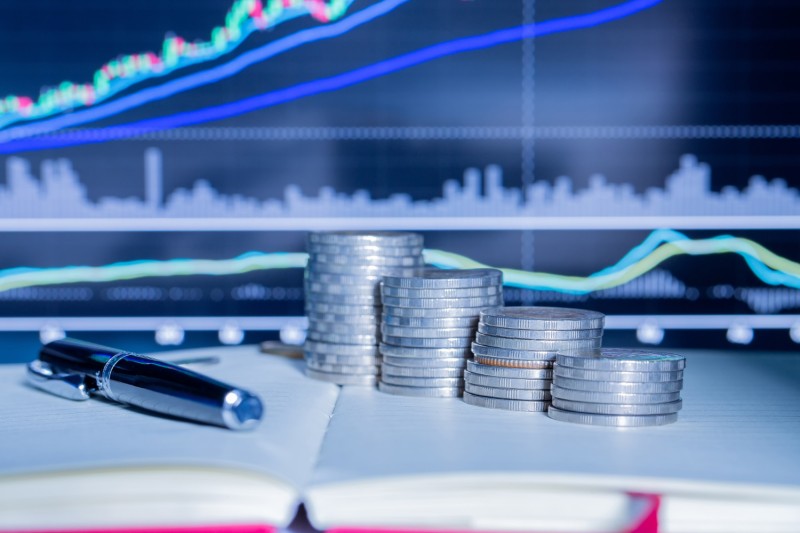later post | index | earlier post
How scrap metal prices have changed in the past decade
Friday, 10 February 2023
Scrap metal prices can vary wildly over days, weeks, months and years. In this article we look at how prices have changed over the past decade.
There have been numerous shocks to the scrap metal market since 2012 – notably Brexit, the Covid-19 pandemic and the war in Ukraine. But how has this affected the price of scrap?
What has happened to scrap metal prices since 2012?
The first part of the decade saw a steady continuous fall in scrap metal prices, but prices began to creep up again in the early months of 2016. However, it was at this time that scrap dealers were warned in the Daily Telegraph to ‘batten down the hatches in anticipation of a prolonged bout of suppressed prices’. Then the UK voted to leave the European Union.
Fears that the Brexit vote would have a major immediate impact on scrap metal prices in the UK did not materialise. Most metals saw a gentle upward curve in value in the years from 2016-2020.
The effects of Brexit may have been tempered by the greater economic shock of the Covid-19 pandemic. Scrap metal prices fell suddenly in the spring of 2020, as scrap yards were closed, staff furloughed, and deliveries halted. All UK aluminium smelters closed for several months. However, as lockdown restrictions were eased and businesses reopened, prices bounced back. By the end of 2020 all non-ferrous metals had increased in price year on year.
After the UK formally left the EU with a Trade and Cooperation agreement at the end of 2020, scrap metal prices across the board rose significantly through 2021, according to figures published by LetsRecycle.com.

Recent developments
As the pandemic eased, the global demand for all products has increased and scrap metal is no different. Prices have soared, with other supply and demand factors are at play. The global shipping crisis, the reduction in manufacturing production in the Far East, and the shortage of raw materials (especially in semiconductors) has increased the demand for recycled metals.
Vehicle obsolescence times have lengthened, so with a fall in cars being recycled this has led to prices going up for non-ferrous metals. For example, the price of aluminium has recently reached a 10-year record high.
The continued transition to electric vehicles has played a role here. People are holding onto their existing vehicles for longer. Different metals are used in EVs, and has changed the demand for some metals.
The war in Ukraine has seen prices for certain metals spike, as sanctions on Russia affect supply and production halts in Ukraine. Nickel prices quadrupled on the London Metal Exchange in the first few weeks of the conflict, before trading was suspended. Russia supplies 10% of the nickel used in alloying and battery material.
However, the outlook for scrap metal prices is generally good. The global need to reduce carbon emissions will result in the use of more recycled metals in preference to primary metals.
Sell your scrap metal to ASM Metal Recycling
Scrap metal prices are based on a range of factors, such as the type of metal, grade, quantity and the supply and demand of a particular metal at a certain time. At ASM Metal Recycling we use the latest state-of-the-art weighing equipment to achieve total accuracy for all recycled ferrous and non-ferrous metals.
Contact us today for details of your local depot or find out more about our scrap metal collection service.
later post | index | earlier post
Recent posts
- What to do with radioactive scrap metal
- How does metal recycling benefit the economy and the environment?
- 5 common metals that can be recycled
- How does metal recycling work?
- How to Sort Metal for Scrap
- How to classify the different types of waste your business produces
- What is WEEE waste?
- Can iron be recycled in the UK?
- What has the most copper in it to scrap?
- How to better understand scrap metal pricing
- Is there a link between copper and brass prices?
- How to make money from cable scrap
- How many different types of copper are there?
- What can I sell to a scrap metal yard?
- Preparing for the collection of scrap metal